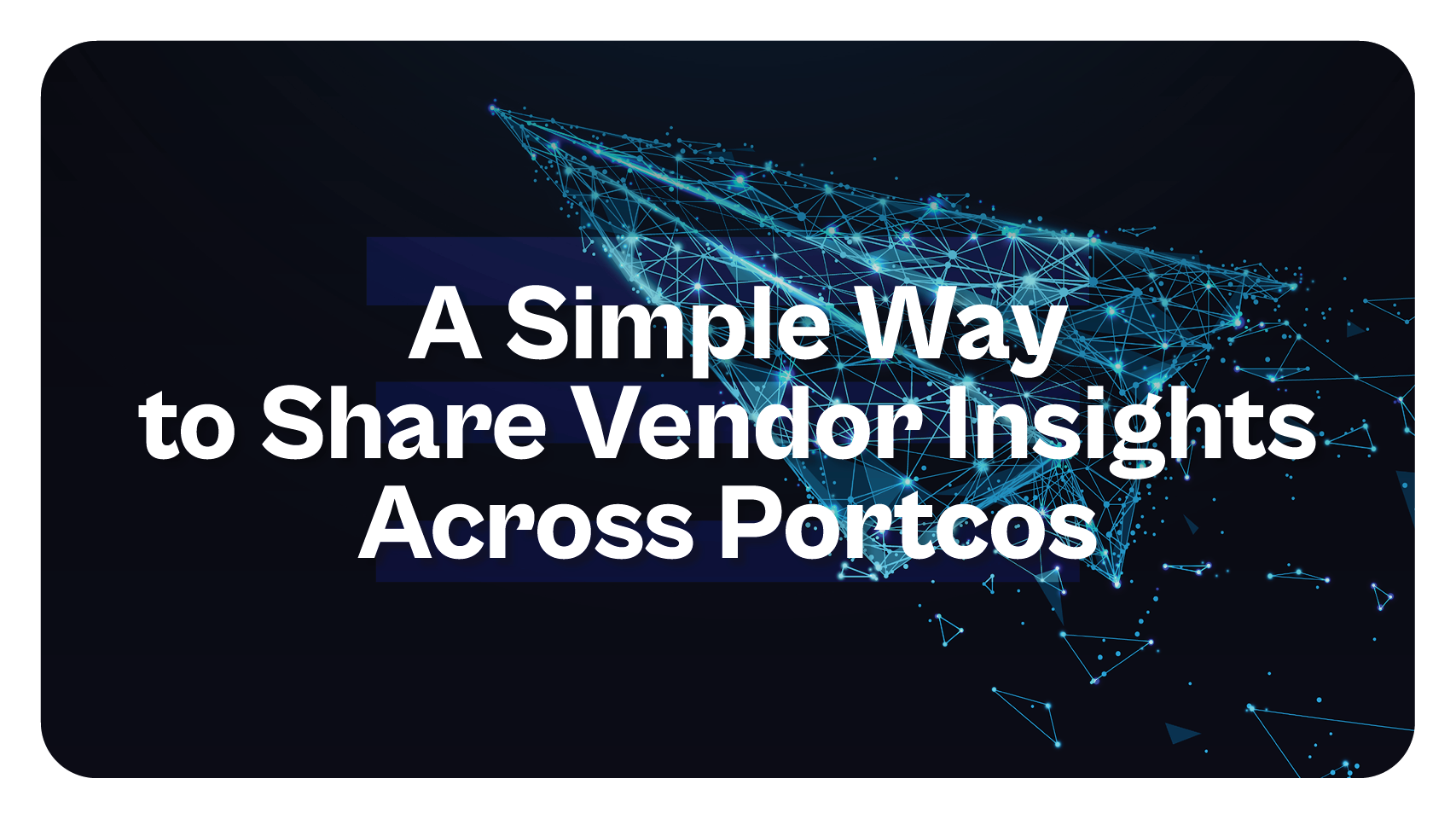
Marketplace banking model vs. platform banking model: Clarifying The Basics

In some circles, the term marketplace banking and platform banking are used synonymously. That can create a lot of confusion for a traditional institution looking to embrace digital transformation. So here at Proven, we've decided to invest in a series of content that enables us to share some of the insider knowledge that we have both from practical work with banks, VCs, and government institutions as well as collaborating with industry experts leading the way in the current financial evolution.
Recommended read: 10 reasons why marketplaces are gaining traction in banking
What is the difference between the Marketplace banking model and the platform banking model?
Marketplace Banking is a customer-centric approach that revolves around creating a digital marketplace where customers can access a wide range of financial products and services from multiple providers, all within the same platform.
Imagine it as a virtual financial mall, combining traditional banking products like loans, savings accounts, and credit cards alongside third-party offerings such as insurance, investment opportunities, and even non-financial services.
The primary focus here is creating a seamless and integrated experience for the customers, who can conveniently compare and select the best options tailored to their needs.
One of the key features of Marketplace Banking is the aggregation of products. Instead of being limited to their bank's offerings, customers gain access to various choices from various providers, resulting in increased competition and potential cost savings.
Banks acting as intermediaries in this ecosystem can also earn revenue through commission fees and cross-selling opportunities.
On the other hand, Platform Banking is a broader strategic approach that aims to turn banks into open digital platforms.
Unlike the product-centric banking Marketplace model however, Platform Banking centers around creating an ecosystem that connects multiple parties - banks, third-party providers, developers, and customers. Banks become the foundation or "core" of this platform, providing the infrastructure and data exchange capabilities necessary for seamless collaboration.
In a Platform Banking model, banks expose their functionalities and data through Application Programming Interfaces (APIs).
These APIs enable third-party developers to build new financial applications and services that integrate with the bank's systems. This opens the door to innovation and fosters a collaborative environment where external developers can contribute to the platform's growth.
Collaboration that fosters innovation:
This collaborative approach results in a plethora of innovative and tailored solutions that might not have been possible within the confines of a traditional banking setup.
These solutions can range from advanced budgeting apps that analyze spending patterns across various accounts to AI-driven investment advisory services that provide personalized recommendations based on a customer's financial goals and risk tolerance.
One of the distinguishing features of Platform Banking is the emphasis on co-creation. Banks actively engage with external developers, fintech startups, and other partners to jointly develop new features and services that enhance the overall customer experience.
This approach fosters a dynamic and rapidly evolving ecosystem where the boundaries of traditional banking are continuously pushed, giving rise to a novel financial services sector that caters to emerging customer needs.
Both models promote flexibility and scalability for banking institutions:
Both the Platform Banking model and marketplace banking model promote flexibility and scalability. By opening up their systems through APIs, banks can readily adapt to technological advancements and market changes without overhauling their entire infrastructure. This agility allows them to stay competitive and responsive in a fast-paced digital banking landscape.
Benefits that keep the bottom line healthy:
The advantages of embracing digital transformation extend beyond just customer-centricity and innovation. Banks can expand their revenue streams by facilitating collaboration with external partners through revenue-sharing agreements and partnerships. This diversification of income sources can provide a buffer against traditional revenue challenges and economic fluctuations.
However, it's important to note that both the Marketplace Banking and Platform Banking models come with their own set of challenges. Perhaps the biggest challenge facing Marketplace Banking is issues related to data security and customer privacy due to the involvement of multiple providers. The same is true of Platform Banking. However, given the extent of their third-party exposure, they could also encounter complexities in managing the diverse range of partners and ensuring a consistent user experience across all integrated services.

Which model is right for you?
The answer is it depends.
Each institution has a unique vision, business model, and goals to hit. It's not about following a digital trend but rather picking the right ecosystem partners and the tech that enables you to meet your objectives. Both models could work for incumbent banks looking to generate new revenue streams, as their success depends on meeting the evolving needs and changing behaviors of customers.
Marketplace Banking and Platform Banking respond to the increasing demand for personalized, convenient, and tech-driven financial services. As the banking marketplaces digital landscape continues to evolve, it's intriguing to consider how these models might further develop and intersect.
The hybrid model:
If, after understanding the differences and similarities between marketplace banking and platform banking models, you're still struggling to find the right fit for your banking services, then consider setting up your digital bank with a hybrid. Rather than choosing one business model over the other, find a healthy balance that enables you to do more of what you want.
The potential convergence of these two models is an interesting and growing trend in the financial sector. While they have distinct focuses, there are opportunities for overlap. Some traditional banks are exploring hybrid approaches, combining Marketplace Banking and Platform Banking elements to create a comprehensive and holistic customer experience.
This could mean offering a broader selection of products and services through a unified platform while fostering partnerships with third-party developers to introduce innovative services.
Furthermore, the success of both models heavily relies on customer trust and understanding customer journeys. With increased data sharing and collaboration among various stakeholders, data privacy and security are paramount.
Should your bank adopt these models, you must demonstrate a high commitment to safeguarding customer information and complying with relevant regulations. Prioritizing clear communication and transparency regarding data usage and sharing practices will be crucial in building trust within these ecosystems.
Taking it a step further to leverage advanced technologies:
The emergence of new technologies such as blockchain, artificial intelligence, and decentralized finance (DeFi) could have profound effects on both Marketplace Banking and Platform Banking. Blockchain, for instance, has the potential to enhance security, transparency, and efficiency in data exchange across these ecosystems. Meanwhile, AI could empower banks to offer even more personalized and predictive services, enriching the overall customer experience.
As for DeFi, it introduces an interesting dynamic, as it challenges traditional, financial institutions as intermediaries and offers a decentralized approach to financial services. While it currently operates largely outside the mainstream banking system, your institution might find opportunities to integrate DeFi principles into their existing models, blurring the lines between traditional, marketplace, and platform banking.
Conclusion
As a primary financial services provider, your core banking technologies are still valuable assets because they provide a strong foundation for customers that still want to feel like their money and other resources are in safe hands. However, the time has come for your institution to think beyond classic financial products and embrace the needs of modern consumers and their preferences.
The distinction between the Marketplace Banking and Platform Banking models highlights the diverse approaches any traditional institution can take to remain relevant and competitive in the digital age.
Both models promise to redefine banking and wealth management services as we know it, offering customers a more convenient and tailored experience while opening doors to innovation and collaboration. As technology continues to advance and customer expectations evolve, banks that embrace these models and navigate their associated challenges stand to create a lasting impact on the financial industry's future landscape.
Want to dive deeper into this topic?
Read this next >>> The Rise of Marketplace banking. What it is and how it works



.png)






